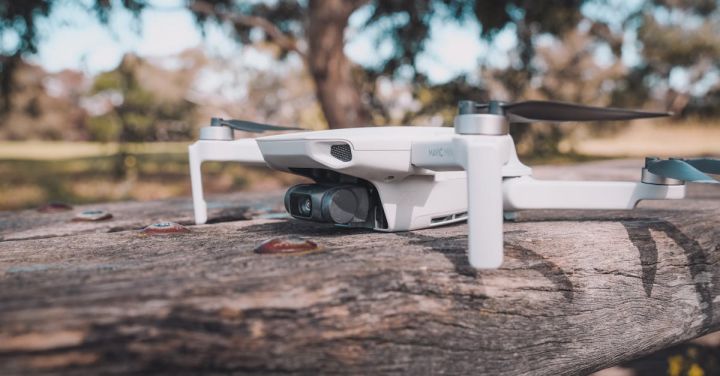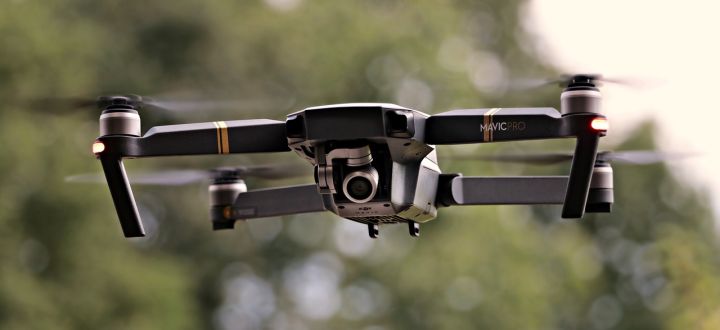How to Balance an Rc Airplane for Optimal Flight?
Achieving balance is crucial when it comes to flying an RC airplane. A well-balanced plane ensures stability, control, and optimal flight performance. In this article, we will explore the importance of balance and provide a step-by-step guide on how to balance an RC airplane for the best possible flight experience.
Understanding the Importance of Balance
Before we delve into the process of balancing an RC airplane, it’s important to understand why balance is so critical. A well-balanced aircraft allows for smoother maneuvers and improved control. It prevents the plane from tipping or spinning out of control during flight. Additionally, a properly balanced plane reduces the risk of crashes and increases overall safety.
Step 1: Determine the Center of Gravity (CG)
The center of gravity is the point on the plane where it balances perfectly. Finding the CG is the first step in achieving balance. Start by referring to the manual provided by the manufacturer for the recommended CG location. If the manual doesn’t specify, a general rule of thumb is to place the CG around 25-30% of the wing’s chord length back from the leading edge.
Step 2: Mark the CG Location
Once you’ve determined the CG location, mark it on the wing. This will serve as a reference point for the next steps.
Step 3: Prepare for Balancing
To balance the plane, you will need a balancing stand or a sturdy piece of pipe that can support the aircraft’s weight. Place the plane on the stand or pipe, ensuring that it is stable and won’t tip over.
Step 4: Check the Balance
Gently lift the plane from the balancing stand using your fingertips. The plane should balance evenly without tipping forward or backward. If it does, it means the CG is off, and adjustments need to be made.
Step 5: Adjusting the CG
To adjust the CG, you can either move the battery or add weight to the plane. If the plane is nose-heavy, move the battery or add weight to the tail section. If it is tail-heavy, move the battery or add weight to the nose section. Make small adjustments at a time, rechecking the balance after each adjustment until the plane balances perfectly.
Step 6: Test the Balance
Once you’ve made the necessary adjustments, it’s time to test the balance. Take the plane for a test flight, paying close attention to its stability and control. If the plane still feels unbalanced, repeat the previous steps until you achieve optimal balance.
Additional Tips for Balancing an RC Airplane
– Always double-check the CG before each flight to ensure it hasn’t shifted due to vibrations or other factors.
– If you’re unsure about the CG location, seek advice from experienced RC pilots or consult online forums for your specific plane model.
– Use a digital scale to measure the weight distribution if you want precise results.
– Be patient and take your time when balancing the plane. Rushing the process can lead to inaccuracies and potential flight issues.
Achieving optimal balance is an essential step in maximizing the performance and enjoyment of your RC airplane. By following the steps outlined in this article and paying close attention to detail, you can ensure a smoother, more controlled flight experience. So take the time to balance your plane properly and get ready to soar through the skies with confidence!







